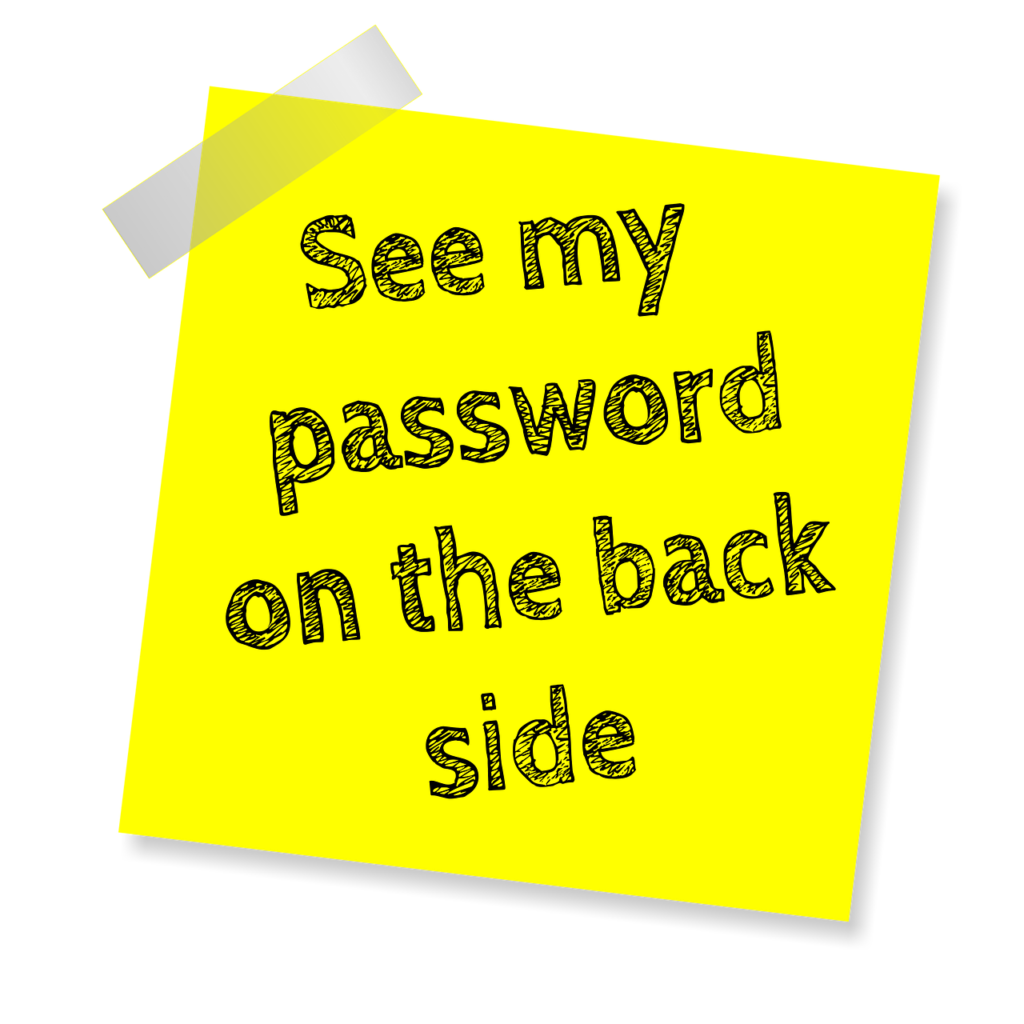In today’s digital landscape, where personal identity information is crucial, creating and safeguarding passwords is essential for individuals of all ages. Mastering secure password practices for older adults navigating the online world becomes particularly important. This guide is tailored to help seniors create and store passwords effectively, ensuring their personal identity remains protected in the digital age.

1. Begin with Strong Foundation:
Start by crafting solid passwords that are at least 12 characters long. Use a mix of uppercase and lowercase letters, numbers, and symbols. This complexity acts as a robust barrier against unauthorized access.
2. Memorable Passphrases:
Consider using passphrases, which are longer combinations of words or phrases that are easy for you to remember but challenging for others to guess. For example, a favorite quote or a line from a beloved song can make for a strong passphrase.
3. Create Mnemonics:
Turn your passwords into memorable phrases or mnemonics. Associate the password with a familiar event or acronym to make it easier to recall. This could be combined with tip #2, and you could take the first letter of each word from your favorite book, song, or even bible verse. This could be the acronym of sorts to get you started.
4. Leverage Personal Information:
Incorporate personal information that is not easily guessable by others but meaningful to you. Avoid using easily discoverable details like birthdays or names. For example, adding a number is often a requirement for passwords. You could use your favorite number or maybe a couple of digits of your old childhood phone number—something that is easy for you to remember but not widely known by others.
5. Use Familiar Words:
Choose words that hold personal significance, making them easier to remember. Combining these words creatively can result in solid and memorable passwords. Be sure not to use things like your pet’s or your children’s names, as these words are often easy to guess. Maybe do something clever by combining the words or writing them backward
6. Regularly Update Passwords:
Set a schedule to update your passwords regularly. This practice ensures that the risk of unauthorized access is minimized even if a password is compromised. This one might be hard to do as you will always have to remember something new, but it’s vital to ensure you stay safe. Combined with other tools and resources, this could be easier than you thought
7. Embrace Two-Factor Authentication (2FA):
Enable 2FA whenever possible. This additional layer of security, often involving a code sent to your mobile device, significantly enhances the protection of your accounts. It could become a bother, but it’s something to consider. With this, even if you accidentally give out your password, they still can’t get access to your accounts without the second verification
8. Keep It Simple:
While complexity is essential, avoid overly complicated passwords that may become difficult to remember. Balance is critical to ensuring security without unnecessary complexity.
9. Explore Password Managers:
Consider using a password manager to generate, store, and manage your passwords. Password managers simplify the process, requiring you to remember only one strong master password. These tools are even great for generating secure passwords for you. They can even help you log into your accounts when needed with a simple button click.
10. Educate on Online Scams:
Stay informed about common online scams and phishing attempts. Be cautious about clicking on links or sharing passwords in response to unsolicited emails, ensuring your online interactions remain secure.
11. Don’t fall for Identity Theft posts:
All over social media, you see harmless pictures asking you, “What car did you drive in High School?”, How old would you be this year?” or “What was your favorite pet growing up?” These seem harmless, but if you think about it, they are not. When you need to reset a forgotten password, you have security questions that you have set to verify your identity. What are some of these questions? Some common ones are “What is your mother’s maiden name.”, “What year were you born?” “What was your first car?” or even “What is the name of your childhood pet?” All these are questions that can be found in harmless Facebook posts. Even if the originator of these posts did not intend, these posts can be used by individuals who come across them later.
12. Create an algorithm:
Many people have problems developing or remembering individual passwords for each site. A great way to make them memorable is to create a memorable algorithm. Using the ideas in tip 3, you could create an acronym using something you like, for example, a bible verse or song. Add to it your favorite number and a symbol. This could be your base password; then, you could add some part of each website (i.e., the first two letters of the domain name). You have something you can never forget as long as you add the same portion of the domain name to the same spot of the password.
Incorporating these practices into your digital routine empowers you to navigate the online world confidently and securely. Remember, a proactive approach to password management is a decisive step toward safeguarding your identity in today’s interconnected digital age.

